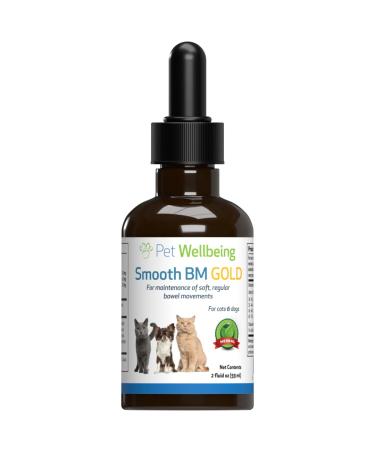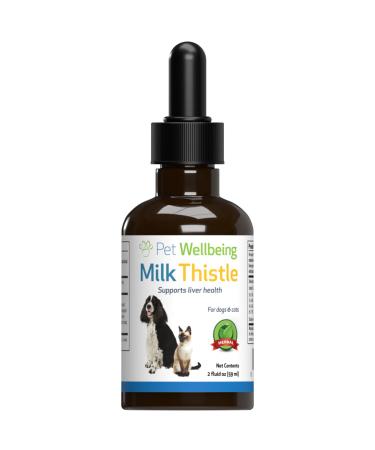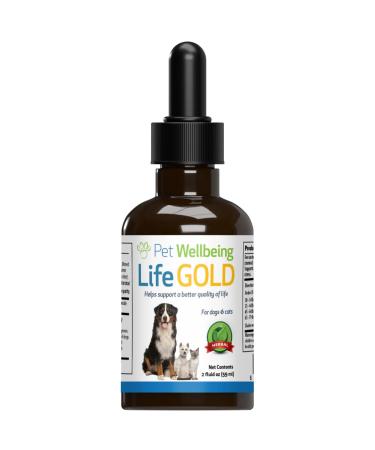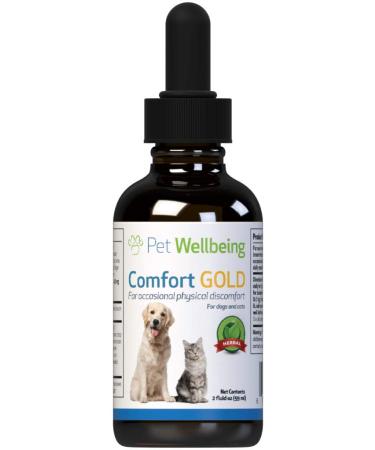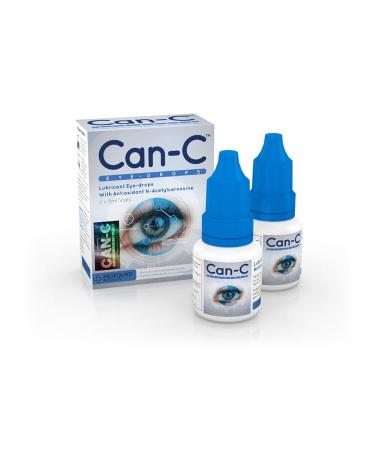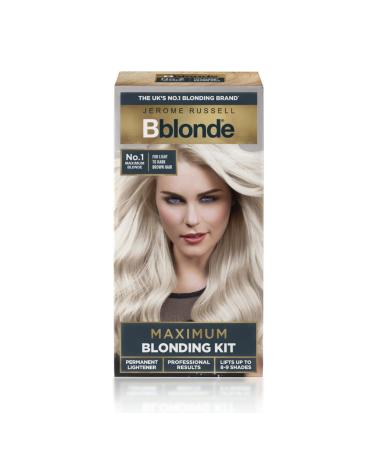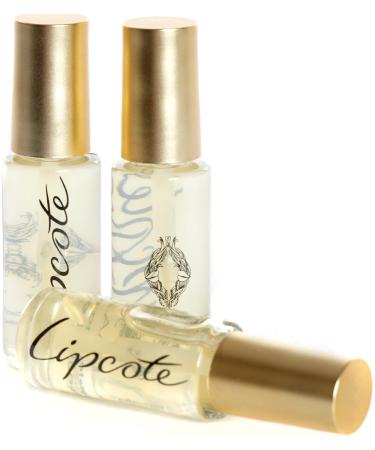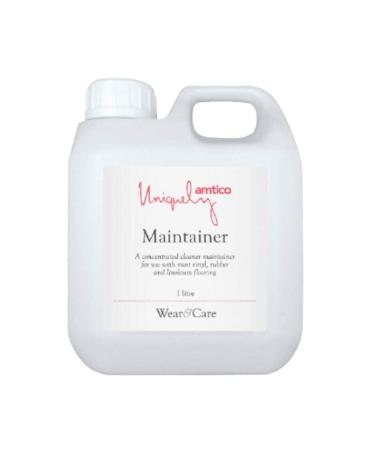As your cat begins to slow down and relax into older age, the tragic reality of heart disease can increase as well. Whether you have seen warning signs or not, he or she may require support to keep the muscular integrity of the heart and the valves working normally. Just like humans, certain cats are known to be more susceptible to specific kinds of heart conditions, and taking any precaution is always wise.
A cat's heart can be naturally predisposed to disease, but often your younger dog may not show symptoms at all. Signs of cat heart disease are dependent upon the type of disease itself and its severity. There are a few main heart conditions that dogs traditionally suffer:
- Hypertrophic cardiomyopathy (HCM) – Occurring most frequently, this occurs when the heart's muscular wall increases in thickness, reducing the volume of blood within the heart and preventing the heart from relaxing in between contractions.
- Dilated cardiomyopathy (DCM) – When the muscular wall of the heart begins to grow thinner it causes the heart to enlarge, leaving the heart muscles incapable of contracting effectively.
- Restrictive cardiomyopathy (RCM) – Fibrosis of the wall of the heart makes the heart stiff and inelastic, preventing the heart chambers from filling up normally.
- Intermediate cardiomyopathy (ICM) – Occurring in line with more than one type of disease, the heart experiences both hypertrophy and dilatation.
A simplified explanation of the heart's anatomy can help you understand how everything works and where your poor cat's condition could be affecting him or her. The heart is made up of three different layers: The pericardium (outer), myocardium (middle) and endocardium (inner).
- The pericardium makes up the outer layer of the heart and serves to protect the more delicate tissue layers beneath.
- The myocardium is the muscle tissue comprising most of the heart. There are four chambers inside the heart responsible for the pumping action due to cardiac muscle fibers that interlace into two networks.
- The endocardium is a smooth, thin layer inside the heart that also covers the heart valves. These valves are there to ensure the blood keeps flowing through the heart in the right direction out to the rest of the body.
When you notice that your cat shows symptoms like fatigue, reduced willingness to walk or exercise, difficulty breathing, loss of appetite, weight loss, a distended abdomen, trouble sleeping, or coughing then it's time to visit your veterinarian and seek out treatment options.
What is Young at Heart
Young at Heart is a liquid formula, combining eight unique herbs specifically combined to assist your cat's heart. These herbs have a gentle action on the body to support the health of the heart muscle, heart valves and blood vessels in your cat. Heart murmur medication and other heart treatments can be expensive. Young at Heart isn't a cure, but it is designed to be used every day to safely support cats of all ages, as needed.
What is Young at Heart used for
The heart of a cat is anatomically similar to that of a human. However, the type of support required by a cat for normal heart function is not necessarily the same as it would be for the human heart. In fact, human heart medication is often poisonous to cats. Young at Heart's formula is designed for your feline's entire cardiovascular system. In particular, it helps to support and maintain the normal muscular integrity of a healthy heart, the valves of the heart, and regular circulation of blood through the blood vessels. Additionally, Young at Heart contains herbs to support the heart's rhythm and healthy blood pressure.




